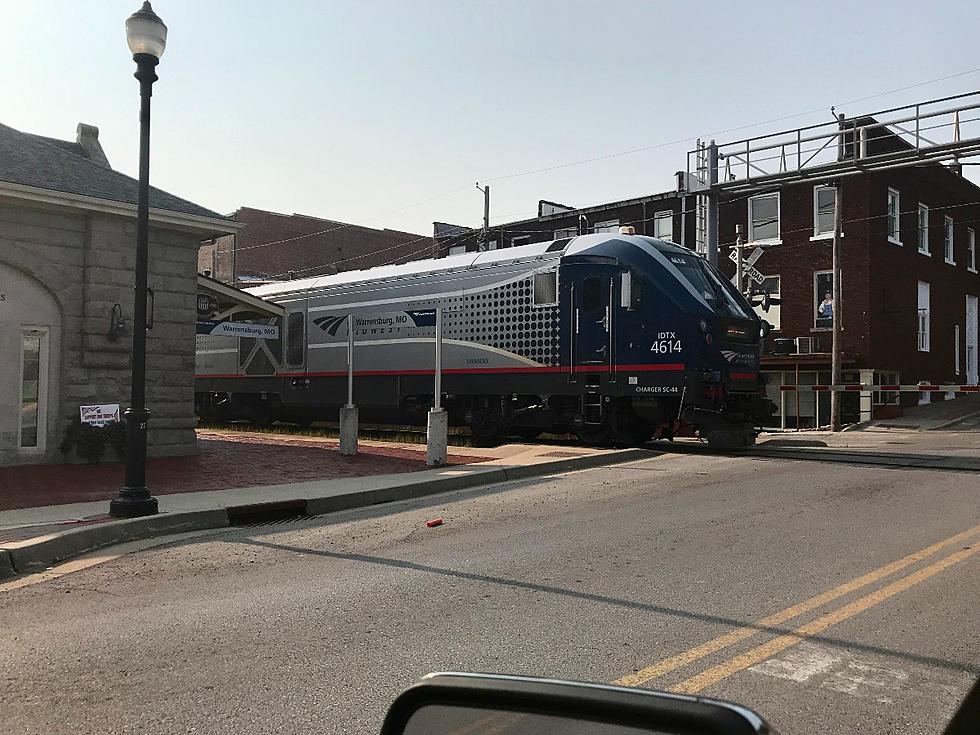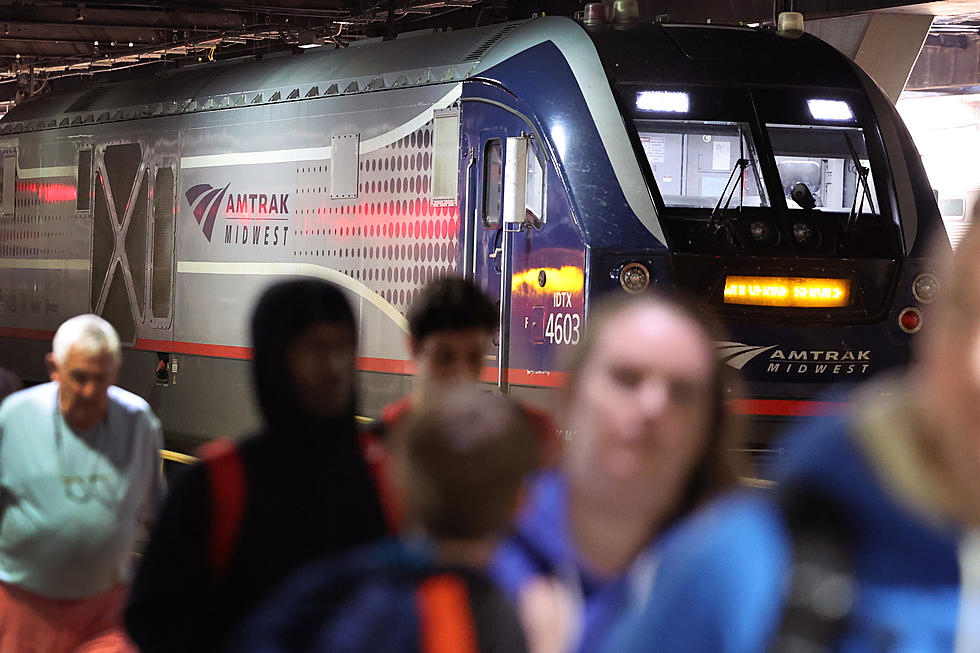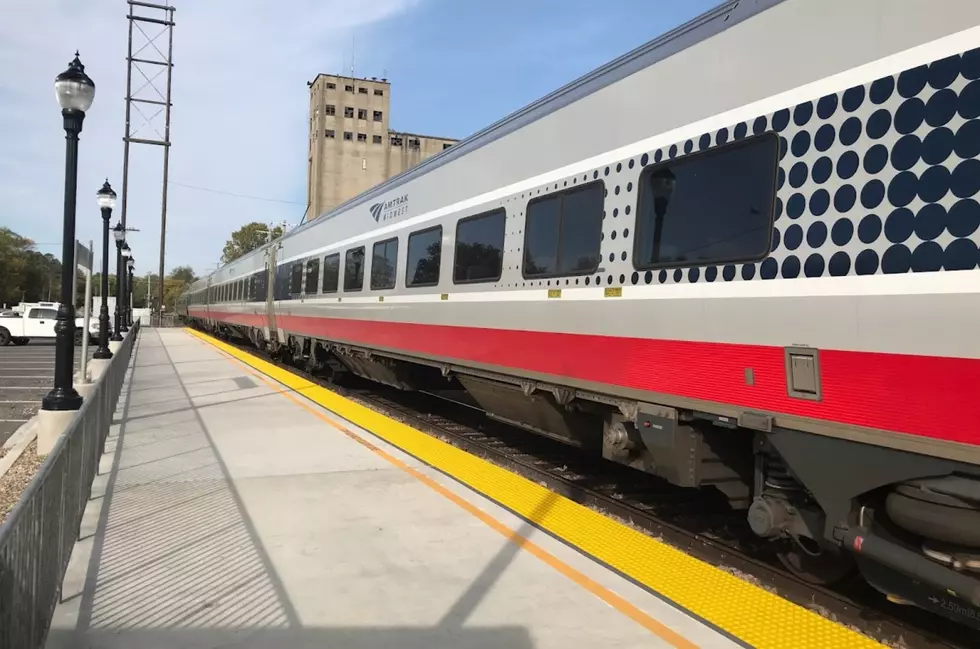
What the Train Accident In Mendon Should Teach Us All
On Monday Amtrak's Southwest Chief struck a dump truck in a railroad crossing near Mendon, Missouri.
When it was all said and done, three passengers aboard the train and the truck driver died. 150 other passengers suffered injuries. Not to mention the damage to Amtrak's equipment, and the inconvenience it will cause Amtrak riders for months because those train cars are out of commission. And the reality is, that the tragedy was preventable.
In other words, pay attention to your surroundings when you come to a railroad crossing. And never try to beat the train.
As a guy who has always liked trains, especially passenger trains, I learned at a very young age to respect the power of trains and locomotives. I learned early to always look and make sure both or all three tracks were clear of trains before crossing from one side of the commuter station to the other. I learned that when the crossing gates were down, the bell clanging and the lights flashing, to not drive around the gates and try to beat the train.
And sometimes, yes it's hard. Who wants to be stuck waiting for one of those slow lumbering freight trains to pass? Who wants to be the guy sitting at the crossing with the jerk behind you impatiently honking and wanting you to go around the gates so he can do the same thing? I don't. But I also don't want to be hit by a train. So if anything, I'm cautious around railroad crossings. And I definitely take my time crossing tracks that don't have lights and gates.
Here are some tips from Operation Lifesaver, which has been providing the public with knowledge about being safe near railroad tracks and trains for decades, when it comes to navigating driving near tracks:
- The train you see is closer and faster-moving than you think.
- Trains cannot stop quickly.
- Driving around lowered crossing gates is illegal, and deadly.
- Don't get trapped on the tracks. Only cross the tracks if you're absolutely sure your vehicle can clear the crossing without stopping.
- If your vehicle stalls on the tracks get out and get away from the tracks. Locate the Emergency Notification System sign and call the number provided, telling them about your stalled vehicle. Do this even if you don't see/hear a train.
- At a crossing with multiple tracks, watch from a second train on the other tracks.
- Only cross tracks at designated crossings, and look both ways before you cross without stopping.
- Always expect a train. Freight trains don't follow set schedules, and even passenger trains can run late.
The bottom line is, pay attention when you're around train tracks. The life you save may be your own, and perhaps many others.
25 True Crime Locations: What Do They Look Like Today?
LOOK: The most expensive weather and climate disasters in recent decades
More From AM 1050 KSIS










